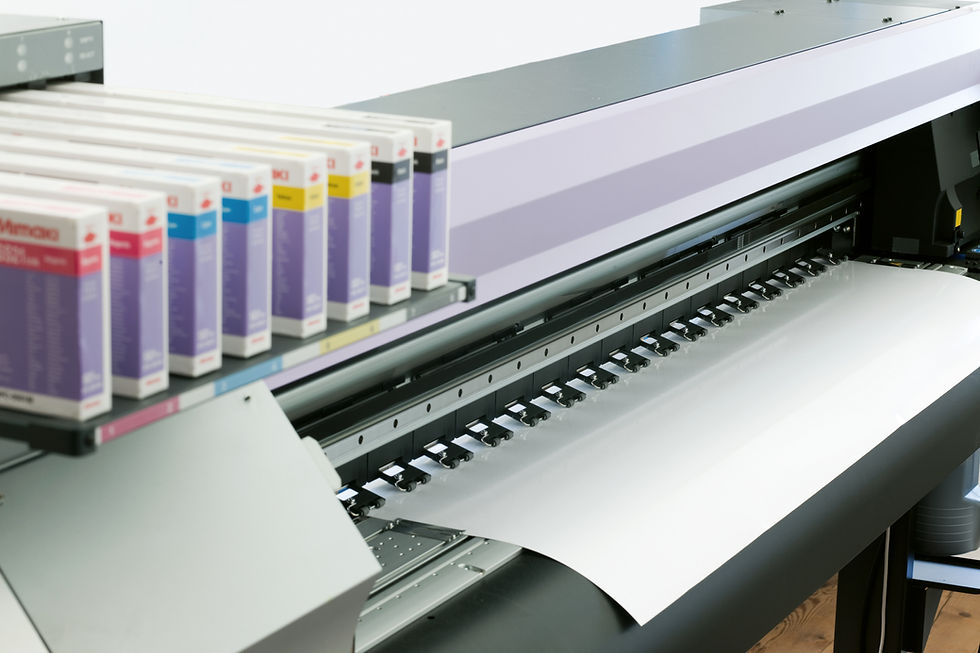How to Style Printable Art in a Coastal-Inspired Home
- The Simple Sandpiper

- Jun 20
- 3 min read

There’s a reason we’re drawn to the sea.
It’s the hush of waves. The whisper of linen curtains in a breeze. The feeling of space—physical and emotional.
When I design printable art for The Simple Sandpiper, I picture where it might live. A sunlit entryway. A calm corner of a bedroom. A quiet bathroom that feels like a spa. And almost always, the imagined space has that coastal ease—simple, natural, and deeply personal.
Here’s how to style printable art in a way that brings that feeling home.
Start With a Feeling, Not a Theme
Coastal doesn’t have to mean seashells and anchors.
It doesn’t even have to mean blue and white (though those colors work beautifully). Coastal design is less about a checklist and more about atmosphere: open, gentle, and quietly lived-in.
Start by asking how you want the space to feel:
Do you want a room that feels like a breath of fresh air?
A space that feels still, like low tide at sunset?
A memory of a place you've loved—or hope to visit?
Let that feeling guide your choices, and everything else will begin to align.
Frame with Intention
Printable art comes to life with the right frame, and for coastal-inspired spaces, the frame is just as important as the print itself.
Here are a few of my favorite options:
Weathered wood or driftwood tones: These add texture and warmth, evoking sun-faded piers and long beach walks.
Whitewashed or matte white frames: Clean and soft, these keep the art feeling airy and unobtrusive.
Brass or brushed gold accents: For a touch of understated elegance—like sunlight on water.
You don’t need everything to match. In fact, a few varied tones in similar finishes can add quiet character, like sea glass found on different days.
Choose the Right Spots
Printable art lets you be flexible—there’s no need to overthink placement. Still, some spaces tend to shine with the right touch of wall art.
Try:
Bathrooms: A single calming print above the towel rack can turn a small room into a sanctuary.
Bedrooms: Hang a pair or trio of coordinating coastal prints above the bed or on either side of a window.
Entryways: Greet yourself with something soft and intentional. A small piece in a floating frame can anchor a shelf or mirror.
Gallery walls: Mix different sizes and subjects—shells, boats, birds, or words—for a curated look that tells your personal shoreline story.
Mix Printable Art with Found Objects
One of the joys of printable art is that it invites layering. You don’t have to build a space around it—but it can complement what’s already meaningful to you.
Try pairing your print with:
A tiny jar of sand from your favorite beach
A bundle of dried seagrass or pampas
Vintage postcards or handwritten notes from coastal travels
A simple candle with a scent like salt air, linen, or eucalyptus
These quiet touches say more than a theme ever could. They tell your story.
Let It Breathe
Whitespace is just as important as art. In coastal design, empty space isn’t emptiness—it’s calm.
Resist the urge to overfill walls or shelves. Let your chosen pieces have room to breathe.
And remember: styling is never final.
You can move pieces seasonally, change prints for holidays, or simply update them when your mood shifts. That’s the beauty of printable art—it moves with you, quietly and affordably.
Closing Thought
Styling art in a coastal-inspired home isn’t about perfection. It’s about ease. It’s about building a space that feels like a long exhale—a return to self.
My hope is that every piece from The Simple Sandpiper helps you create that sense of stillness.
Something soft. Something simple.
Like waves against the shore.
-The Simple Sandpiper




Comments